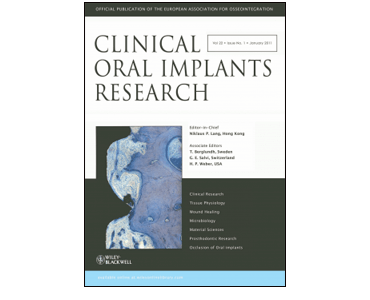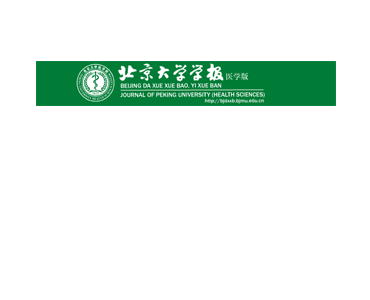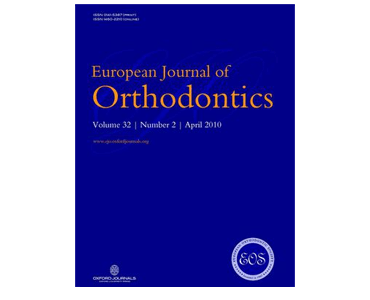Digital capture, design, and manufacturing of a facial prosthesis: Clinical report on a pediatric patient. GT Grant, C Aita-Holmes, P Liacouras; J Garnes; WO Wilson.
Date: April 2015 (online). Source: The Journal of Prosthetic Dentistry. Abstract: A digitally captured, designed, and fabricated facial prosthesis is presented as an alternative to customary maxillofacial prosthodontics fabrication techniques, where a facial moulage and patient cooperation may be difficult. Article: Digital capture, design, and manufacturing of a facial prosthesis: Clinical report on a pediatric…










